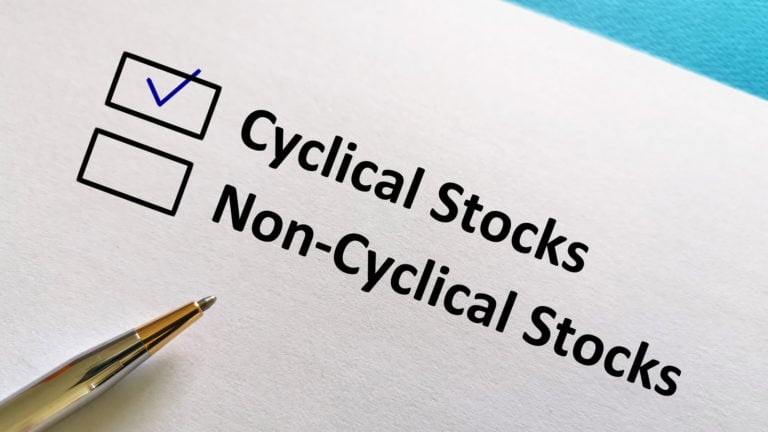Amid the brewing economic tempest, it’s imperative for investors reevaluate their portfolios, particularly with regards to cyclical stocks to sell. With the uncertain U.S. economy, wagering on these stocks becomes a liability. And so, it becomes crucial for investors to optimize their portfolios. Therefore, navigating this landscape requires a strategic pivot, moving away from these high-risk assets to more resilient investments.
Consequently, the need to discern these three cyclical stocks to shed becomes even more pronounced. This anticipatory strategy, informed by calls for global financial reforms and policy shifts, aims to insulate your portfolio from the intensifying economic turbulence.
Tapestry (TPR)

Tapestry Inc. (NYSE:TPR), known for its luxury brands like Coach and Kate Spade, is having a rough time lately. Much of it has to do with the uncertainty surrounding its proposed acquisition of Capri Holdings (NYSE:CPRI), which owns brands such as Michael Kors and Versace. This pending deal is casting a shadow over TPR stock.
Moreover, Tapestry’s latest earnings reveal a complex financial picture. While its first quarter non-GAAP EPS of 93 cents edged past predictions by three cents, the company’s $1.51 billion sales fell short by $30 million. As discussed earlier, TPR stock has taken a major hit this year, and is down more than 22% decrease over the past six months. This downturn reflects the broader economic climate’s impact on luxury brands. With inflation eroding disposable incomes, consumer caution could further depress Tapestry’s value.
Ralph Lauren (RL)

Ralph Lauren (NYSE:RL), a titan in the apparel industry, is at a crossroads. Despite its global recognition, the brand has struggled to boost its revenue and earnings over the years.
Operating across North America, Europe, and Asia, this juggernaut in the apparels sphere finds its top-line growth stagnating compared to its competition. Year over year (YOY) and forward revenue growth rates are at 1.5% and 3.3% respectively. These numbers lag behind the sector median by more than double-digit margins.
Moreover, Ralph Lauren’s digital footprint, especially in North America, has been in the negative in the past six months. And this is happening at a time when luxury retailers expect the segment to grow by more than double-digit margins. While Ralph Lauren’s brand strength and loyal customer base are undeniable assets, these are precarious times for luxury spending. Before adding Ralph Lauren to your portfolio, consider this.
Is the allure of the brand outweighing the challenges it faces, especially when it trades at more than 15 times earnings?
Estée Lauder (EL)

Estée Lauder (NYSE:EL), the renowned New York-based personal care conglomerate, grappled with a grim fiscal update. The first-quarter fiscal 2024 earnings painted a bleak picture, with its sales nosediving by 10% YOY.
However, the real horror show was with its bottom-line with its net earnings of $31 million plummeting by a whopping 93%. This downturn was mirrored in a 22% drop in skincare sales despite its portfolio boasting brands like Tom Ford and Too Faced.
Additionally, the company’s forward price-to-sales ratio stands at 3.07, a worrying 164.68% above the sector median of 1.16. Additionally, its forward price-to-book ratio of 8.59 vastly exceeds the median of 2.86, suggesting a grossly overvalued stock. These figures signal a heightened investment risk, alarming for prospective and current shareholders.
In the wake of this lackluster performance, EL stock plummeted by 46.56% year to date (YTD), marking a significant downturn in investor confidence. The company’s outlook appears grim, marred not only by declining earnings but also by a recent cybersecurity breach. Therefore, investors hunting for personal care product companies might find more stable options elsewhere in the market.
On the date of publication, Muslim Farooque did not have (either directly or indirectly) any positions in the securities mentioned in this article. The opinions expressed in this article are those of the writer, subject to the InvestorPlace.com Publishing Guidelines.
